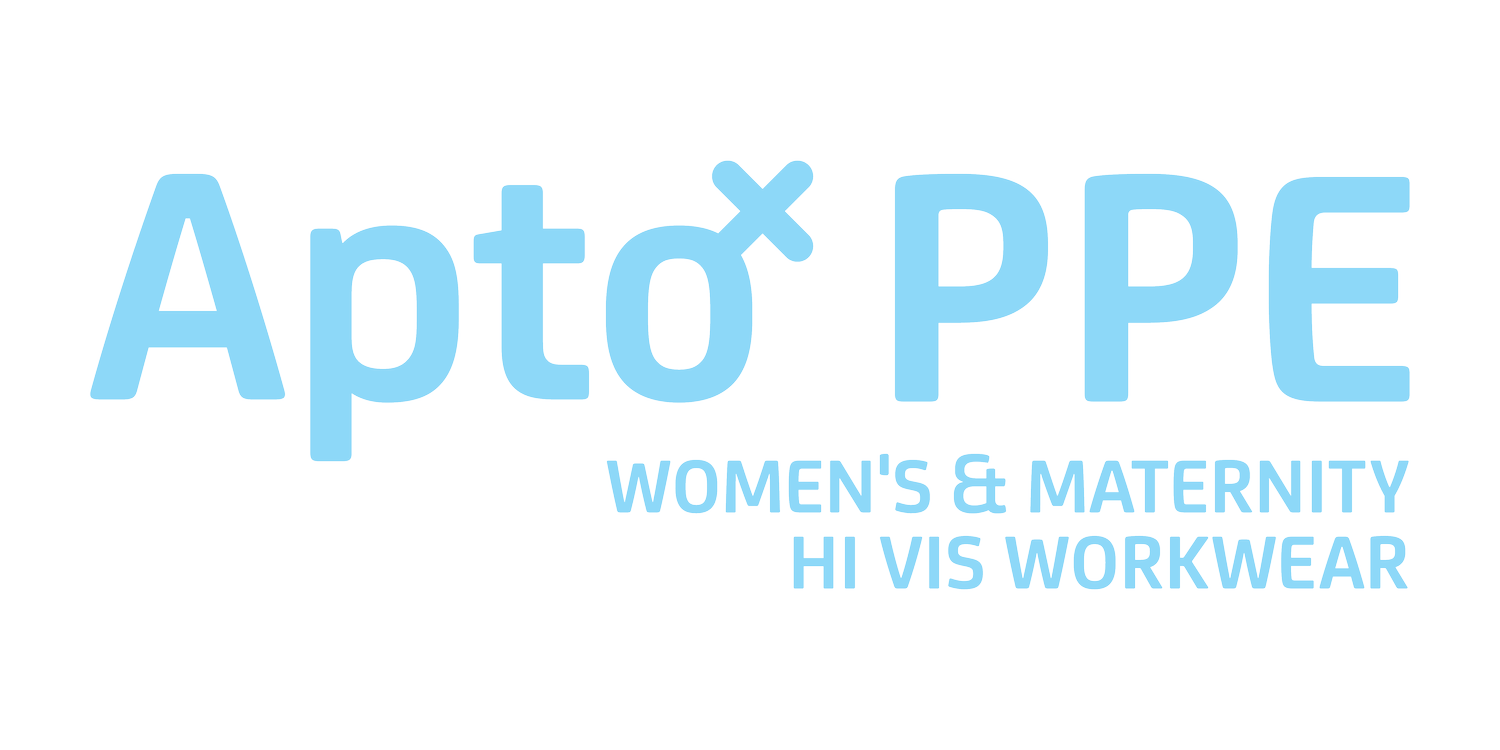What PPE has to do with attracting women into Engineering
Recently I had the opportunity to flip through the July issue of Engineers Australia’s Create magazine. The feature article was titled “The road less travelled” and discusses new research that sheds light on the barriers that discourage women from entering the profession – and how to overcome them.
It is well worth a read and highlights the lack of awareness on the career opportunities within Engineering for young females, and how young males are more likely to be encouraged into the discipline because of male role models within their family.
Reflecting on my pathway into studying Engineering, it was first informed by a Year 10 career’s talk by an engineer who worked at the local refinery. I had always been good at maths and science and did not want to be a teacher (the only career I thought possible). I was now enlightened into the career options within engineering and liked the idea I could make a difference to everyday life across just about every industry.
The engineer, a female, was clearly inspiring to this young female who didn’t consider the gendered roadblocks of the industry. However, out of my all-girls secondary school, I was the only one to enter the profession.
When I started my Chemical Engineering degree at university, about 40-50% of the year were female, but these were mostly from the environmental engineering degree that was incorporated into our classes. Environmental engineering was huge for women (or is that equal to men?), but across the other engineering disciplines, the gender bias was obvious.
I remember feeling a strong boys’ club mentality, and that it was generational. As a first generation and female engineer I was often questioned if I deserved to be there. But the girls really supported and championed each other.
Over twenty years later, most of my female peers have stuck around for the long-haul, but with little recognition. We have had to remain strong women and had to fight hard battles.
Whilst I agree that we need to encourage and promote secondary school aged females to look at engineering as a study and career option (something I have done), my experience within the profession is that we equally need to address the challenges that women still continue to face within the profession for it to be a successful, rewarding and sustainable career for women.
If the profession already recognises fewer women enter engineering pathways, it stands to reason that we better do everything to not lose these numbers through attrition because of the status quo.
I witness female engineering grads enter the profession only to drop-off mid-career with barriers becoming too exhausting to continue to fight. Issues such as the gender pay gap, unconscious bias, flexible working hours, and fit-for-purpose PPE – just to name a few.
Leadership roles continue to be outranked by men. This is evidenced by my work as a due diligence engineer trainer for senior professionals, with class participants being on average 75% to 25% men to women.
As a Co-Director of R2A, it has been interesting to witness clients assume a young, male colleague was the boss/lead on the project and me as the scribe.
During my years as part of Women in Engineering committees (including Co-Chair), we always had four pillars we worked towards – Attract, Retain, Support and Celebrate. There was no single solution we attributed to the lack of diversity within our profession. We must keep striving to do better against all these pillars.
For me personally, my focus has always been on the retention aspect of the equation, and this is one of the reasons I continue running Apto PPE to provide an option for fit-for-purpose, safe women’s hi vis workwear that is designed differently from downsized men’s garments.
Women in engineering (and related male dominated industries) shouldn’t just have to make do with ill-fitting workwear because we are the minority.
We shouldn’t be less safe or comfortable because we are the minority.
How can young women believe our profession cares about equality and attracting, retaining, supporting and celebrating them if we cannot provide them something as fundamental as workwear that fits?
What exactly is the problem we’re being employed to solve? As engineers, we must do better.
